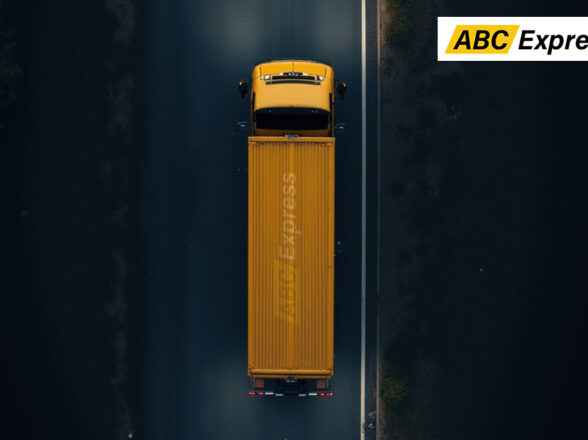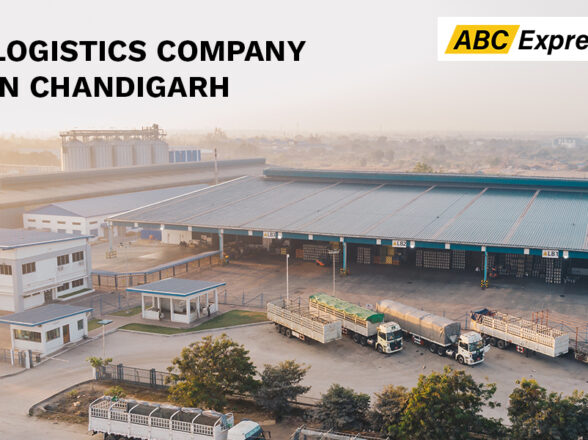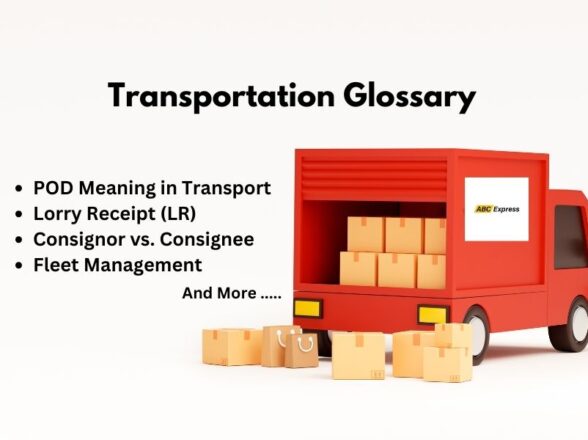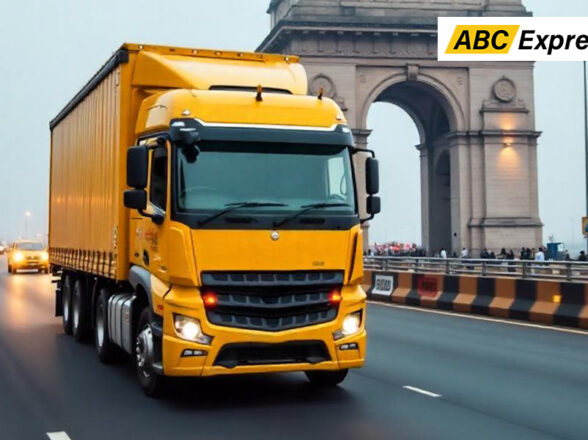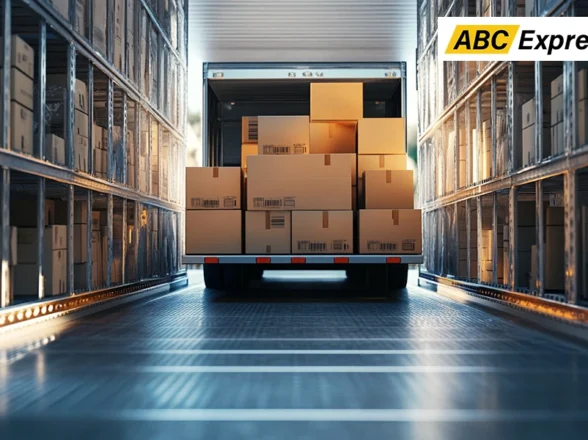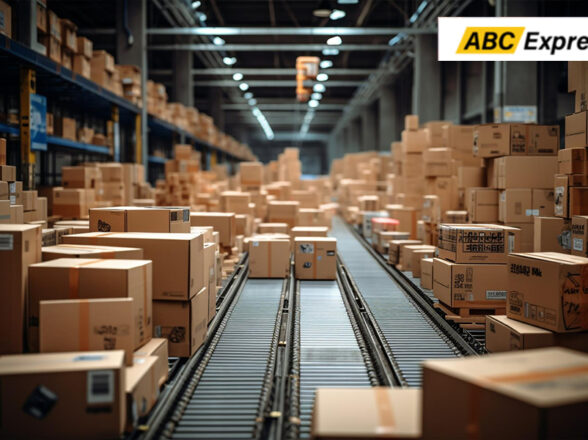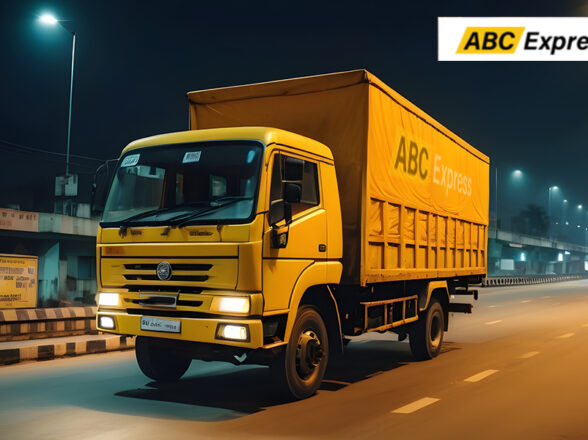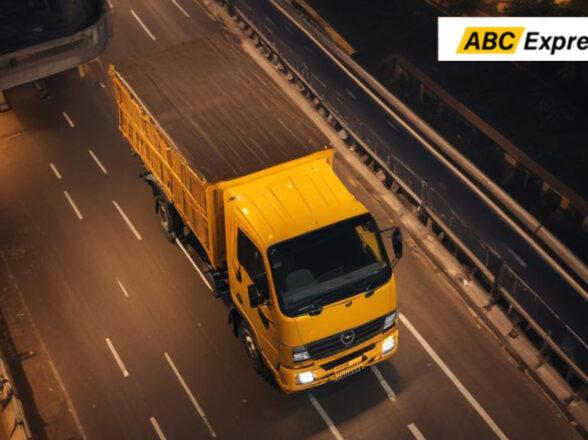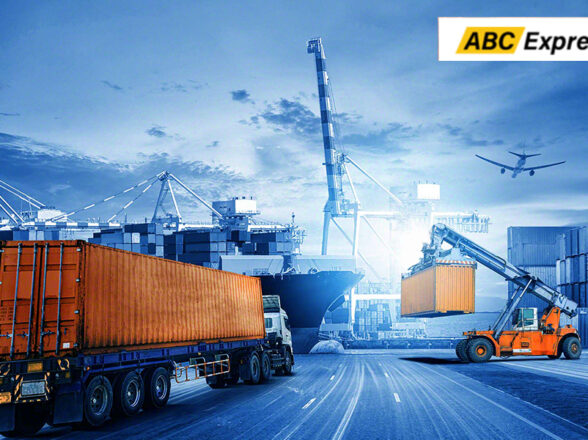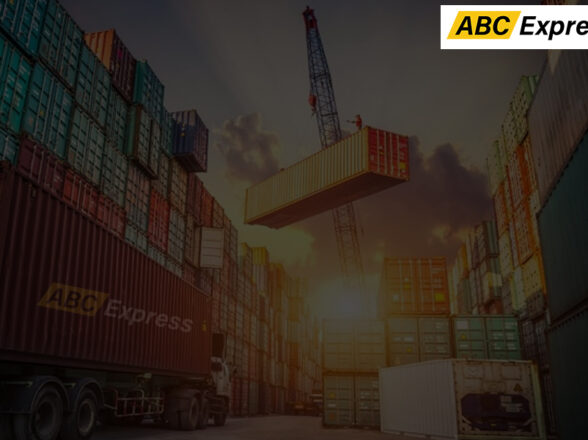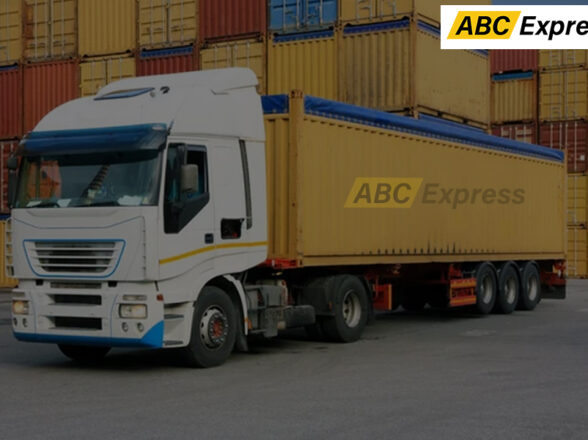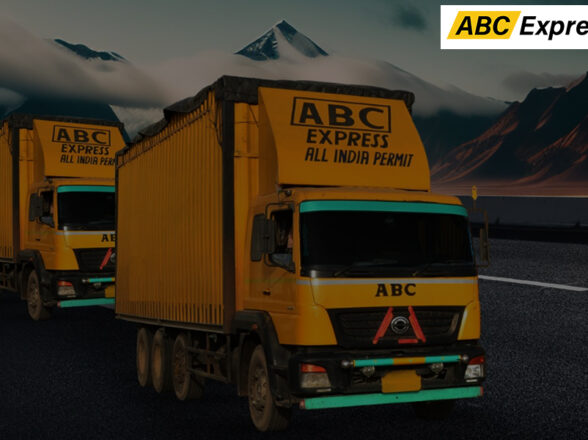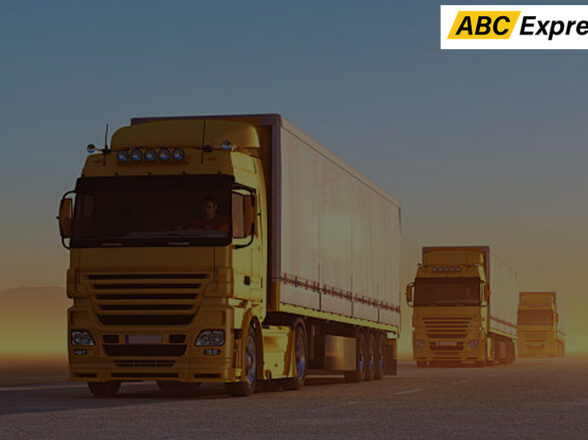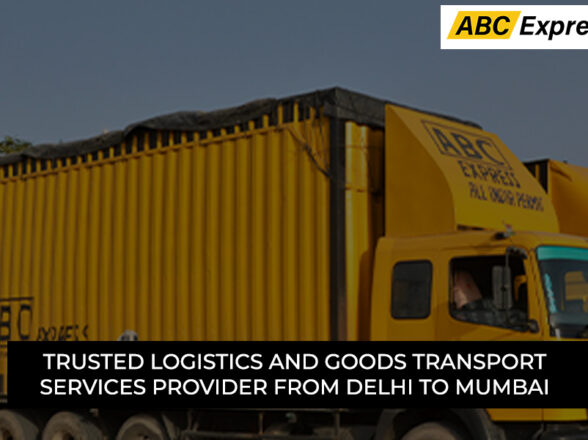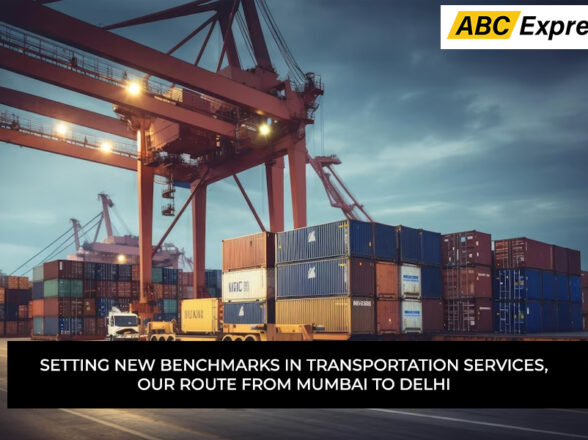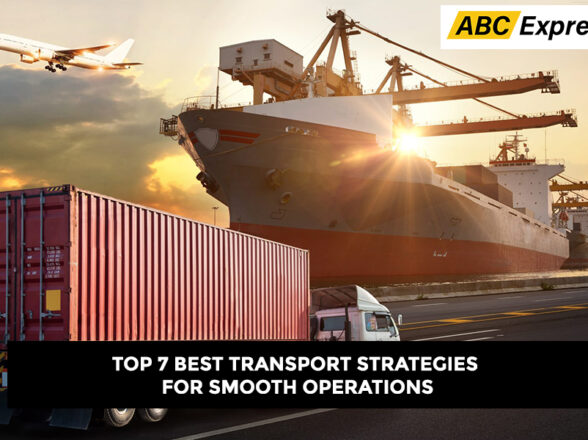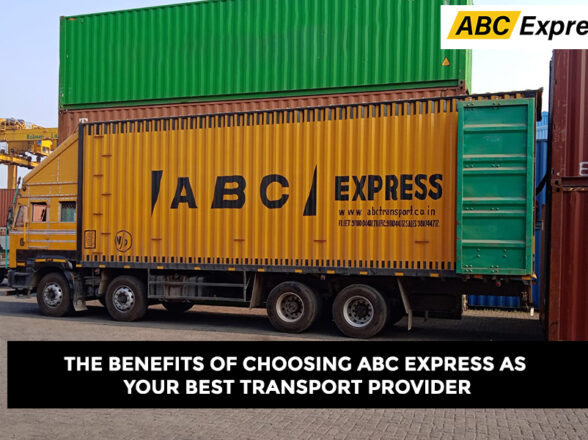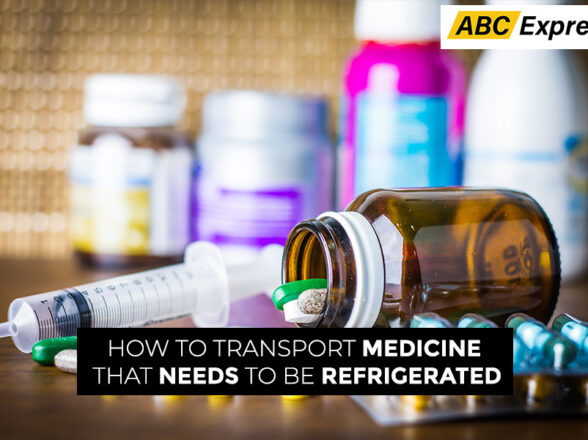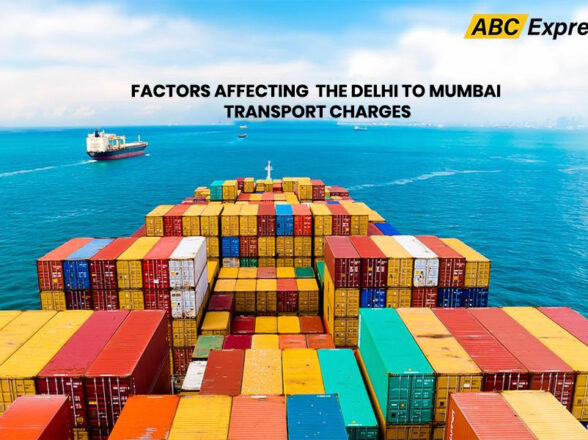Which Should I Choose: Part Load Vs Full Load
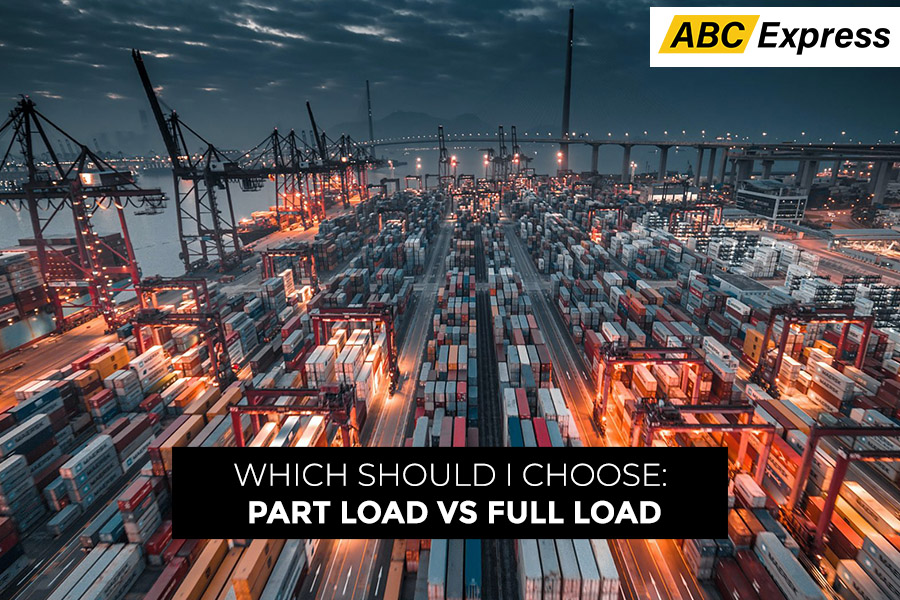
In this globalized era, to keep pace with the world It becomes necessary to enhance the company’s progress. For the progression, It is crucial to strengthen the load and intensify the work efficiency. Building a strong foundation needs the best products and services provided to the customers. The best productivity requires the proper utilization of resources is an important aspect and for utilization of resources one should use advanced technology and modularized machines. Machines make one’s work easily done and reduce time and energy consumption. It helps businesses in many ways to establish their roots in a competitive global market.
When it comes to machinery used for any business, you all are familiar with two terms known as part load and full load. As both names suggested that these are related to loading. In this blog, we will clear-cut the debate of best among the both: part load or full load.
A full load is a condition in which operating machinery or vehicle is at their maximum capacity. It means using a medium of service with their whole energy. It includes the full energy usage of a medium to give its maximum productivity. When a machine is operating at part load, it is not working at its peak performance level. This can lead to an increase in productivity and enhance output but also consume more energy and facilitation. It is important to ensure that machinery is designed and built to handle full-load operation. Running a machine at full load for an extended period can lead to increased wear and tear, higher energy consumption, and increased risk of breakdowns and malfunctions.
On the other hand, the part load is another condition of the same concept in which an operating machine or vehicle is at half capacity. It means utilization of the machine or vehicle is half or less than its maximum capacity. It means the medium is at a lesser performance than that of available power to complete the task. It is important to ensure that machinery is designed and built to handle part load operation. Running a machine at part load for an extended period can lead to reduced wear and tear, lower energy consumption, and increased flexibility in terms of scheduling and production.
Now the question is arising in mind which should one choose for better yielding, safety, and efficiency. Although both have their advantages and disadvantages, which one is best for loading purposes?
There are several factors on which basis we distinguish between the benefits of the part load and full load. These are mentioned below:
1. Work Efficiency.
Both loading techniques are considered efficient as per their requirement. Part load is considered where Goods should be handled with care. This technique is used where you cannot put packages on one another. Goods that require special shipment are preferred to transport with part loading. It transports goods and cargo safely and efficiently.
Whereas In full loading, goods, and materials are loaded at the vehicle’s maximum volume to give maximum delivery of products. When it comes to the transportation of maximum goods it will require the use full load technique. It best transportation services for goods safely and efficiently as well.
2. Time utilization.
While doing a part load, there is less utilization of time than full loading. Part load of goods means half or partial loading or unloading of goods which saves time. It also saves time in shipping because of the stable balanced weight of the transporting vehicle.
On the other hand, a Full load utilizes more time than a part load. It takes more time to load and unload goods on the vehicle to the vehicle’s maximum storage capacity. It also consumes more time in shipping because of its heavy load. And keep in mind that a vehicle should not be overloaded, it can be harmful and may cause severe damage to goods as well as the driver or supervisor in charge.
3. Energy saving.
When a machine or vehicle at its part loads, it needs less energy to perform its task. It uses less energy to utilize than usual. Because it is not at its full performance it also does not need full energy.
Whereas in full loading, a vehicle needs its full energy to perform the task at its full potential. It uses energy as its potential that it uses to perform the following task. Energy consumption is dependent on the performance of their task.
4. Cost saving.
Implementing the Part load technique not only requires less energy and resources but also low maintenance. It is cost-effective. Performing tasks at partial or half potential consume less repair and service. It enhances the durability of the vehicle as well.
While a full load requires more energy and resources in the short term, it can lead to cost savings in the long run. When it performs tasks at its maximum capacity, it is completing tasks more quickly and efficiently. This can lead to a reduction in costs, as less energy is required to complete the same amount of work
5. Improved Facilitation.
Both loads improve companies ranking. Both come under best servicing and transportation. Part loading completes shipment with efficiency and fluency. On the other hand, Full loading provides efficient service by maximizing the quantity of the goods. Both techniques help to gain customer satisfaction by fulfilling their requirements and demand. This will help businesses to stand strong in the global competitive market.
6. Safety and Protection.
The proper implementation of path load and full load helps to avoid severe damage to the goods and the employee of the company. The path leads to appropriately and safely shipping the goods to their final destination. Likewise, Full loads also promote the safe transportation of goods and material to the right destination with proper guidelines and regulations.
In conclusion, Choosing one of them: part load or full load is fully dependent on the needs of the customers. The customer demand for a specific type of transportation determines the option for the type of loading. Both loads are benefited as per their requirement. Full loads mean loading a vehicle at its maximum capacity or storage whereas part loads mean loading a vehicle by half or less than its maximum capacity or volume. A full load may be necessary for tasks that require maximum output and productivity, but it can also lead to increased wear and tear and energy consumption. A part load may be more suitable for tasks that require flexibility in scheduling and production, as well as for reducing energy consumption and increasing the lifespan of the machine.

